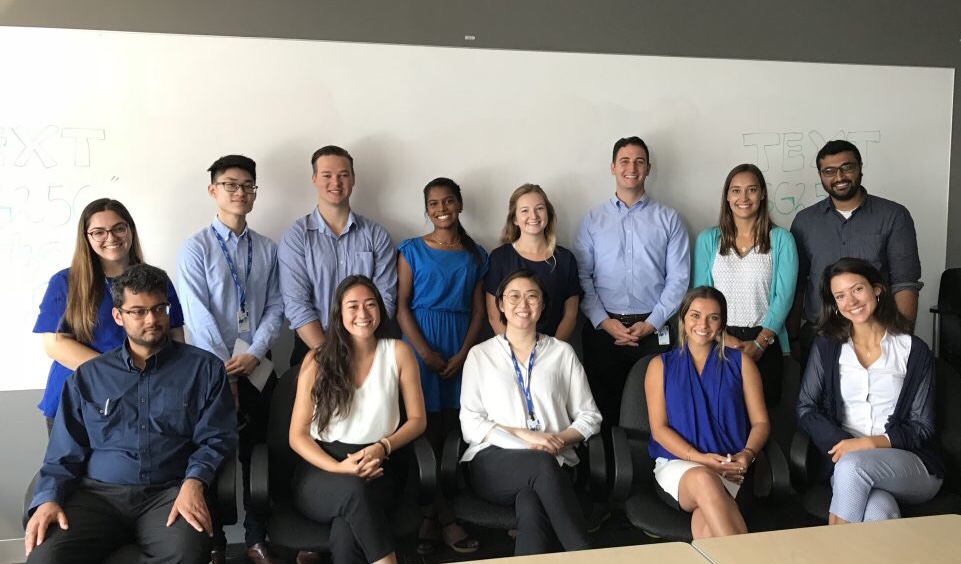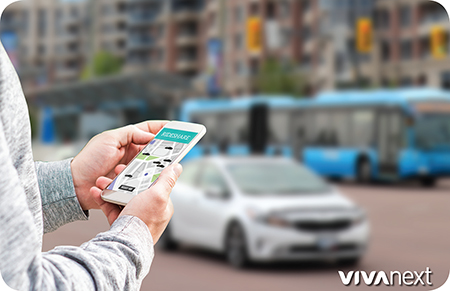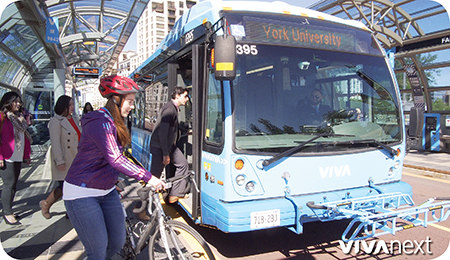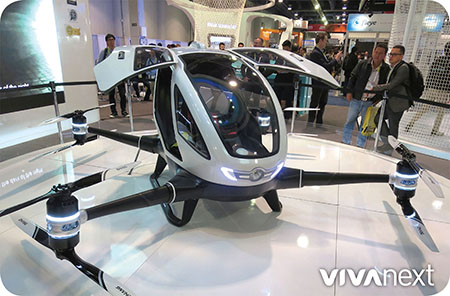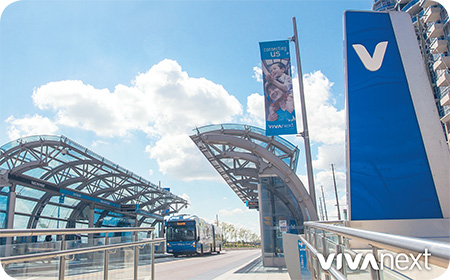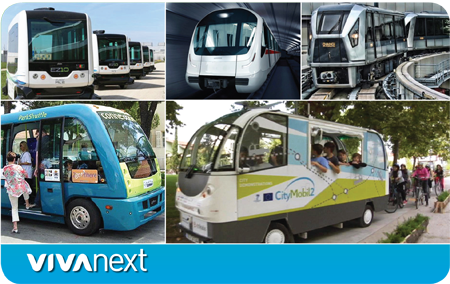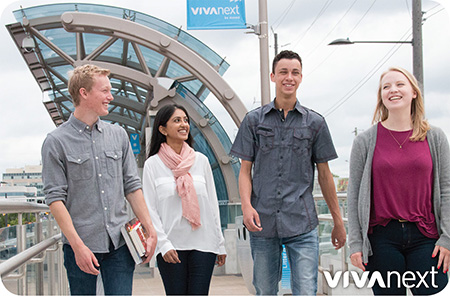
Blogpost by: Sara Grilli
Cellphones, television and public transit all have something in common – innovation. At the time of their initial release, they each took a simple task [i.e., communication, entertainment and travel] and turned it into something easier and more accessible. As time marched forward, each has continued to innovate. Cellphones are now smartphones, televisions became “smart” and our favourite shows can be streamed. Transit has also changed, from basic buses to GPS-tracked high-capacity vehicles with payment by smartphone and WIFI at terminals.
For several years, York Region Rapid Transit Corporation has hired summer students in various fields of work such as engineering, communications, finance, etc. As part of their summer experience and learning, we assigned a group project to the students. This year, the guidelines were purposely vague. We asked our 16 students to imagine what the future would look like. This task was not to focus only on transit, but big picture ideas as well – such as environmental, social/health benefits and community engagement. They were to brainstorm, research, and then present their ideas to their colleagues and managers. Here are a few amazing ideas they brought forward:
- Customized transit services, available at the right time and place for each individual
- Environmentally conscious travel, with solar panels and a commitment to reduce Greenhouse Gas emissions
- A change to the economy, where businesses and agencies can not only rent ad space on public transit, but also rent space to provide services
- Social benefits, helping people to foster happiness and wellbeing by increasing their daily social interactions
- More community engagement, where people can easily connect to what’s around them
No matter what your vision of the future looks like, it’s about making changes for the better. If our young people are seeing these types of changes, you can bet that at least some aspects of them will come true. We hope so, and we hope to see our students use their innovative thinking to flourish in their chosen careers!
